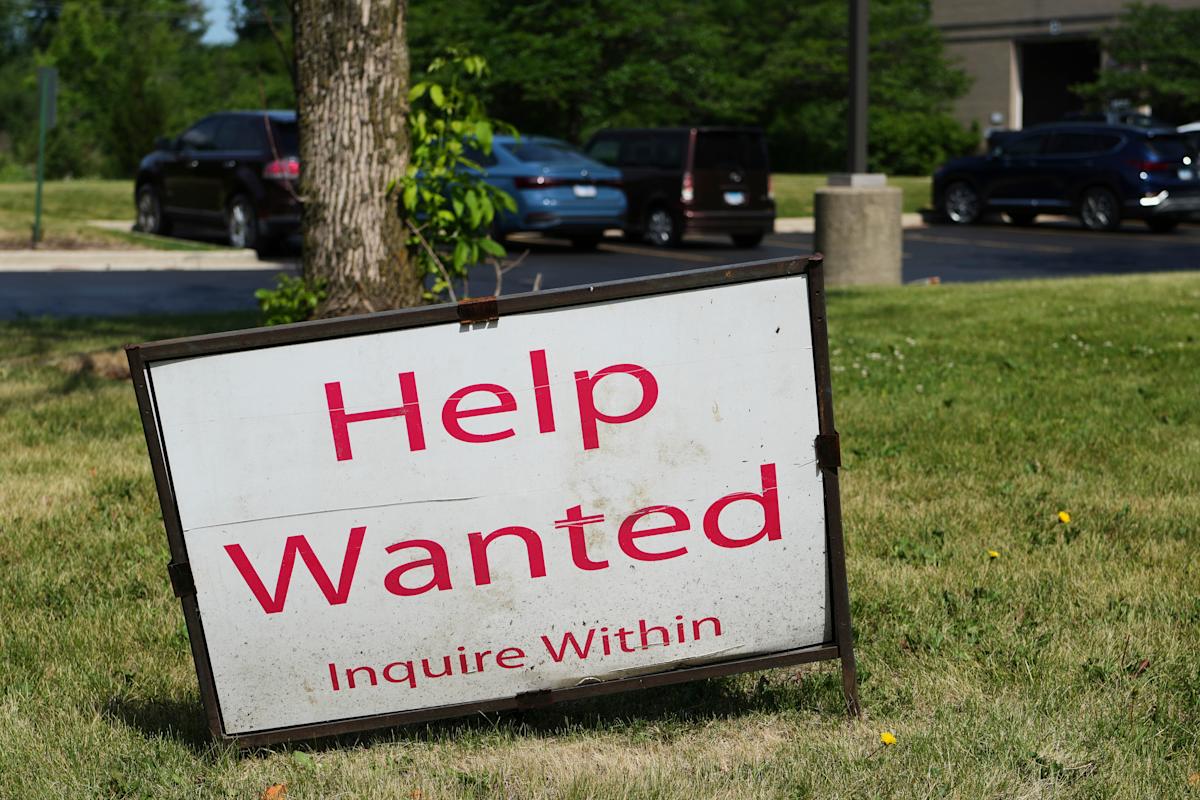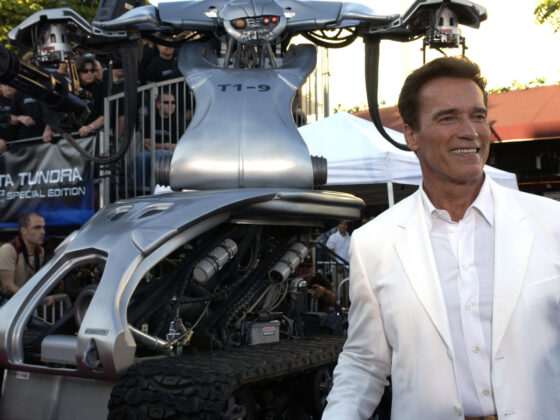The US labor market showed more resilience than expected in June, complicating the interest rate outlook for the Federal Reserve just as cracks in the economy are starting to widen.
The economy added 147,000 nonfarm payroll jobs last month, topping the Dow Jones consensus of 110,000, according to the US Bureau of Labor Statistics. The unemployment rate held steady at 4.1%, better than forecasts for a rise to 4.3%.
Markets saw initial data as a sign of economic resilience, but the future is still cloudy. “This was a good number for today,” George Goncalves, head of US macro strategy at MUFG, said Thursday on Yahoo Finance’s “Opening Bid.”
“There are still big cracks in the labor market, and we shouldn’t overread this report.”
Goncalves noted that many of the job gains came from non-private sectors, suggesting that underlying hiring momentum in the broader economy remains weak.
“It’s a better-than-expected number, sure, and it likely keeps the Fed in a wait-and-see mode,” he said. However, continued weakness in consumer spending and a rise in jobless claims are signs of a cooling economy, per Goncalves. “In our view, the Fed is still about 100 basis points too tight.”
Read more: How the Fed rate decision affects your bank accounts, loans, credit cards, and investments
He added that inflation fears, particularly from tariffs, may be overstated. “We’re seeing substitution effects or exporters eating some of the costs. Inflation just doesn’t seem like the main issue anymore, it’s really about jobs.”
There are risks if the Fed waits too long, as consumers are clearly feeling fatigued and stretched, Goncalves wrote in a note prior to Thursday's job report. “Consumer spending trends are falling fast to the lowest level in a decade,” he said.
MUFG’s base claim remains that the Fed cuts rates in July, but today’s job upside may delay the action until September. The fastest-growing line of the government’s balance sheet is interest expense, Goncalves said, adding that there is a real economic case for lower rates, even if the Fed waits another meeting or two.
Read more: How jobs, inflation, and the Fed are all related
On the policy front, Goncalves acknowledged the Trump administration has racked up some victories, such as finalized trade deals with the UK and Vietnam, and progress on the sprawling One Big, Beautiful Bill.
Treasury Secretary Scott Bessent has called on lawmakers to eliminate the Section 899 provision, commonly known as the “revenge tax.” If passed, the legislation could unlock new federal spending just as the economy begins to stumble, or potentially overheat again, depending on how quickly it gains traction.













